AFSA’s Healthy Soils Healthy Food Project Officer Charles L. Tumuhe recounts his experiences and opinions from working with agroecological farmers in Africa.
This article argues that the use of biofertilizers can improve soil health and crop yields. This is because biofertilizers encourage the proliferation of beneficial microorganisms, resulting in higher yields. They also provide some mineral elements to the crop. Unlike most commercially available inorganic fertilizers, biofertilizers are eco-friendly and do not necessarily need soil testing before application. The use of biofertilizers in conjunction with other techniques such as soil cover, bio-stimulants, mixed farming, the use of indigenous seeds, a variety of crops, and trees is a feasible answer to Africa’s soil health and climate challenges. Biofertilizers are a sustainable solution that can help farmers in Africa to improve their crop yields and soil health while reducing their reliance on expensive and harmful inorganic fertilizers.
Introduction
I’ve discovered that farmers use biofertilizers by visiting healthy soil centres all around Africa. On my social media page, I shared a photo I had taken at a farmer’s field, and my former soil science lecturer became interested. He didn’t know a lot about biofertilizers, so I worked hard to explain, and we had a lengthy conversation. This paper discusses my viewpoints, those of my lecturer, and the material about biofertilizers that is available online. The literature that is now accessible defines biofertilizer as a product that contains helpful microorganisms, such as bacteria and fungi (Itelima, Bang, et al., 2018). The growth of soil microorganisms is encouraged when the biofertilizer is put into the soil, which improves the nutrients’ availability to the intended crop. The primary function of biofertilizers is to create favourable conditions for soil microorganisms to flourish and enhance the soil’s chemical and biological properties (Daniel et al., 2022). These microorganisms aid in the biochemical processes necessary for fixing some nutrients and making others available, as well as fixing moisture, among other biochemical processes, in the soil ecosystem. Bacteria that fix nitrogen, include Bradyrhizobium, Azotobacter, Beijerinckia, Clostridium, Nostoc, and Rhizobium. These bacteria reduce the need for manufactured nitrogen fertilizers by converting atmospheric nitrogen into a form that plants can utilize. By solubilizing phosphate that is present in the soil but not in a form that plants can use, phosphate-solubilizing bacteria like Pseudomonas, Bacillus, and Rhizobium increase the availability of phosphorus to plants. bacteria that may dissolve potassium, including Bacillus and Paenibacillus. By saturating potassium-containing minerals in the soil, these bacteria increase the availability of potassium to plants. Microorganisms like Acidithiobacillus oxidize sulfur, releasing sulfate, which is then available to plants. Other bacteria that support plant growth, include Bacillus, Pseudomonas, Azospirillum, and Azotobacter. These bacteria create substances that control plant growth, including auxins, gibberellins, and cytokinins, which promote plant growth and development (Seenivasagan & Babalola, 2021). Biofertilizers encourage the proliferation of beneficial microorganisms, such as bacterial and fungal dominances, mycorrhizal associations, microalgae, and oligotrophs, encouraging the growth of crops, which results in higher yields (Gulshan et al., 2003).
In addition to increasing soil microbial populations, biofertilizers provide some mineral elements (nutrients) to the crop. According to Resources Oriented Development Initiative Kenya’s investigation, bokashi includes small amounts of microelements such as iron, zinc, copper, boron, and nitrogen as well as potassium, phosphorus, calcium, magnesium, and sulfur. A farmer in Uganda who works with Rural Communities in Development brought a sample of his manure to the college of agricultural and environmental sciences at Makerere University, where researchers discovered that it contained 10.32% organic matter along with nitrogen, phosphorus, calcium, sodium, magnesium, zinc, copper, iron, and other elements. Biofertilizers are made from either anaerobic or aerobic processes. Biofertilizers made through anaerobic fermentation e.g., Super Magro are more about providing nutrients than microbes. The fermentation process uses microbes to make minerals, from ash or rock dust or rock phosphate for example that are included when making the ferment. These nutrients are biologically available to plants. These nutrients enhance the health of plants a great deal. Aerobic ferments like bokashi provide nutrients for growth and microbes, and then aerobic teas and biostimulants are primarily about providing microbes to the soil.
However, since they cannot afford industrial fertilizers like DAP, NPK Urea, SSP, and others, as well as soil lab analyses, small-scale farmers have turned to this homemade bokashi and other biofertilizers. It is obvious that the mineral contents are much lower than the recommended rates for the majority of crops. The findings of the biofertilizer trials conducted on the farms of the Kenyan farmers I met are quite encouraging. Bean and maize yields from Bokashi, a biofertilizer, are significantly higher than those from fields planted with no fertilizer (Fig. 1). On top of bokashi, farmers are also using super magro, lactic acid bacteria, biostimulant, and vermicompost.
The climate is improved by biofertilizers. The microbial modulation required to permit carbon sequestration through soil micro-biodiversity is enhanced by the bacteria, which also revitalizes soil life. Mycorrhizal fungi are one type of microbe that can coexist harmoniously with plants to aid in the sequestration of more carbon dioxide from the atmosphere for soil storage. Microbes’ ability to sequester carbon helps to lower the amount of carbon dioxide that is released into the atmosphere (CO2). Synthetic fertilizers that produce greenhouse gas emissions during production and application can be replaced with biofertilizers that contain microorganisms that fix nitrogen and solubilize phosphorus. The reduction of global CO2 emissions is essential for combating the climate issue and minimizing world warming. By creating a favourable environment for the development of the above-ground biodiversity of the soil, biofertilizers boost soil surface vegetation coverage (Itelima, Wj, et al., 2018). For instance, vegetation cover protects the planet from excessive heating or cooling, preserving comfortable surface temperatures for the majority of living things and, once more, easing the climatic issue.
Why do agroecology actors believe that artificial fertilizers won’t help with the current food crisis?
The majority of bio inputs are eco-friendly and don’t necessarily need soil testing before application, unlike most commercially available inorganic fertilizers. Many farmers lack the skills necessary to perform a laboratory investigation to determine what components, in what amounts, and when, their soil requires. For instance, only 4% of farmers in Kenya are aware of the issues with their soil (Musya, 2019). This means that many farmers are unable to distinguish between “nutrient-rich and nutrient-poor soil” with accuracy. Giving fertilizer to the soil without first doing a soil analysis is analogous to giving “Paracetamol” without first determining the source of the body discomfort. Several scientists concur that adding nutrients to the soil without first determining what is already present, in what amounts, and what is lacking for a certain crop is similar to “self-medication,” which has claimed countless lives. The abuse of “market industrial fertilizers”—adding to what is already present and deteriorating the soil chemistry (say, PH), and ultimately the biodiversity—has poisoned African soils and subsequently our bodies. Even traditional scientists concur that creating a definitive soil nutrition plan cannot be done just based on the symptoms of nutrient shortage. Often a plant’s signs of nutrient insufficiency don’t necessarily indicate that nutrients are lacking in the soil. Therefore ideally, a soil laboratory study should come before every application of mineral fertilizer. Small-scale farmers may find it difficult to implement these assessments, thus opting for biofertilizers.
Owing to the current interruption in global trade, the price of mineral fertilizer has almost doubled globally (Due to Covid 19, climate change and the war in Ukraine). The World Bank reports that since 2022, fertilizer prices have increased by 30%. But I’m aware that certain large-scale farmers can still obtain expensive fertilizer loans and still turn a profit. Small-scale farmers in Sub-Saharan Africa and some regions of Asia, who grow around 80% of the food we consume, need assistance in rejuvenating their soils by restoring the soil life (microorganisms) that industrial pesticides have long since eliminated. Like many forest gardens where we gather crops and other things from an ecosystem that takes care of itself, most of the soil chemistry will be corrected organically and inexpensively when the soil becomes alive once again with below-ground and above-ground biodiversity. The African soil health agenda emphasizes long-term sustainability through methods that are economically feasible, easily accessible, biodiverse, and well-liked by local farming populations e.g., the use of locally made biofertilizers.
The discussion of world food systems is gradually moving away from food security and toward food sovereignty. Input sovereignty, which mostly refers to seed and fertilizer/nutrients, is one of the key components of food sovereignty. If opportunity and privilege exist, your neighbour may be able to help you out with food and farm inputs, but this arrangement is only temporary. Due to the war’s disruption of food shipments from Ukraine, wheat was on the verge of becoming unreachable in many regions of Africa. The war in Ukraine has disrupted wheat exports, driving wheat prices up by 60% in Africa, according to the president of the African Development Bank (AfDB). The continent will lose up to $11 billion worth of food due to the conflict. Countries in Africa and the Middle East in particular are heavily dependent on wheat imports from Russia and Ukraine. Benin, Cameroon, Egypt, Ghana, Kenya, Morocco, Nigeria, Senegal, South Africa, Sudan, Tanzania, and Tunisia are among the countries that are most at risk of wheat shortages. Hence, nations must learn to utilize the seed and soil inputs that are readily available locally (and not imported). It’s important to enable subsistence farmers to maintain and enhance the health of their own crops and land by using biofertilizers in order for them to be self-sufficient. I am aware that the majority of subsistence farmers can acquire cheaper nutrient sources from their landscape, boost farm biodiversity, maintain green cover, and recycle nutrients back into the soil.
What do mainstream scientists believe?
Yet, conventional scientists think that those with relatively young soils that are still rich in weatherable minerals are driving the agroecology and input sovereignty agenda (and hence capable of replenishing nutrient stocks naturally without needing additional external inputs). Although large-scale grain monocultures have impoverished our soils, they claim that the problem with our soils in Africa is that they are lacking in weatherable minerals. They contend that it is impossible to create nutrients using microbes from nothing. Conventional scientists assert that people who care about “social justice” or “learned friends” are the only ones who value sovereign “this” and “that” (even as they propagate widening the divides among farm segments).
Conventional scientists hold that communities cannot locally replenish nutrient components like phosphorus, potassium, calcium, magnesium, sulfur, etc. that were once present in their soil but were long since lost to it to the point where normal plant development and yield are hampered. They believe that food systems cannot be localized in all regions of the world, including remote regions like the horn of Uganda where people frequently struggle with chronic hunger, malnutrition, and starvation. According to them, extrapolation realms must be defined because, for certain groups, the idea of sovereignty may appear like a luxury.
Like one of my friends who reviewed this paper, I agree that some soils in Africa could be old and often dead soils (from lots of ploughing and use of chemicals). Due to the aged soils, farmers often cannot stop chemical fertilizers and resort to natural fertilizers overnight, it has to be a gradual withdrawal process as the health of the soil is restored, and each situation is different and the farmer has to be the final judge of what to use.
How, then, can we help the situation?
I urge us to expand the discussion beyond biofertilizers to encompass the use of ecological knowledge, concepts, and management techniques for agroecological systems. Strategies for encouraging farming communities to embrace diversity, co-creation and sharing of knowledge (context-specific), synergies, efficiency, and resilience, as well as human and social values, culture and food traditions, responsible governance, and a circular and solidarity economy, are needed.
Help farmers by encouraging them to cover their soil for the majority of the year, prevent soil disturbance, use biostimulants as necessary catalysts, practice mixed farming, use indigenous seeds, and plant a variety of crops and trees (agroforestry). Such methods encourage the use of sustainable farming techniques that increase and stabilize output while reducing climate change. Also, they promote culture and identity while boosting rural areas’ economic viability. Let’s encourage farmers to localize food systems, cooperate with nature, and build a democratic food system that includes input from consumers and producers. They will get the ability to choose for themselves what they consume, what they grow, how they grow it, how it is valued, and how it is traded.
The use of biofertilizers in conjunction with other techniques, such as soil cover, bio-stimulants, mixed farming, the use of indigenous seeds, a variety of crops, and trees, is a feasible answer to Africa’s soil health and climate challenges. These techniques will give farmers more control over their food systems and boost output.






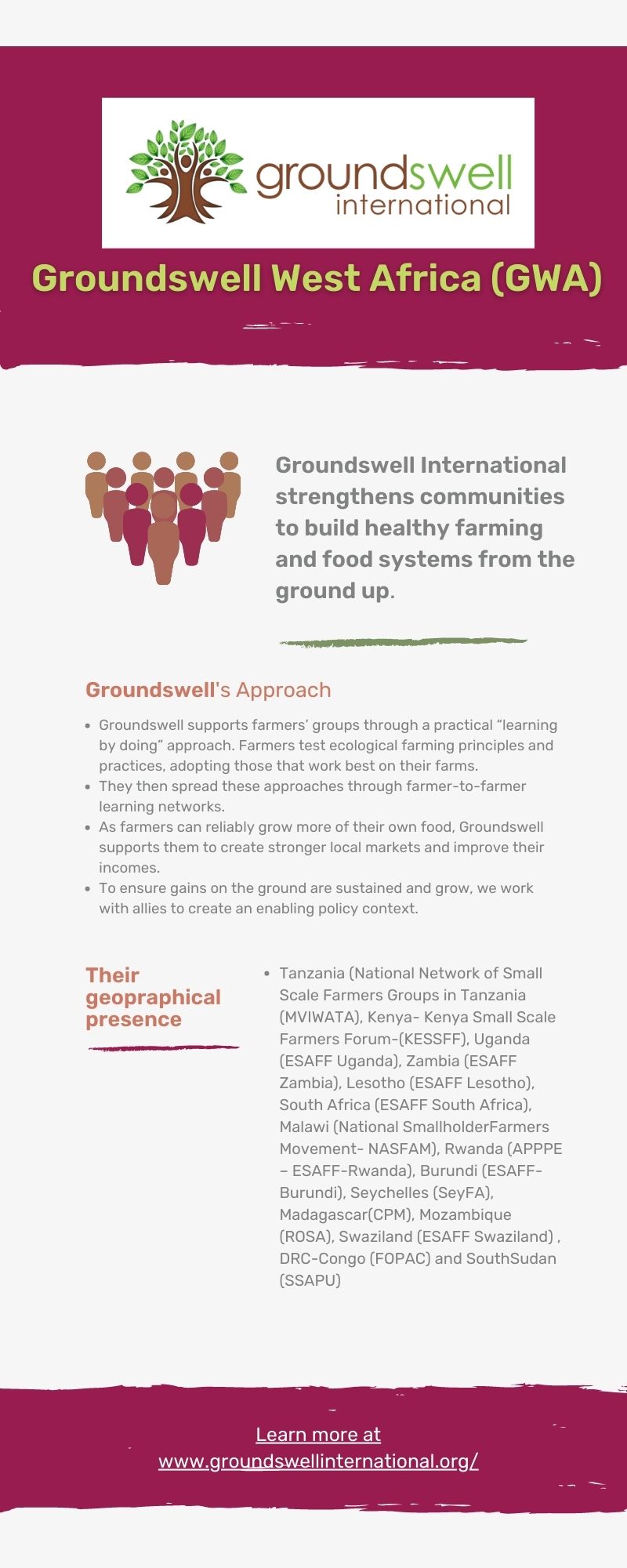
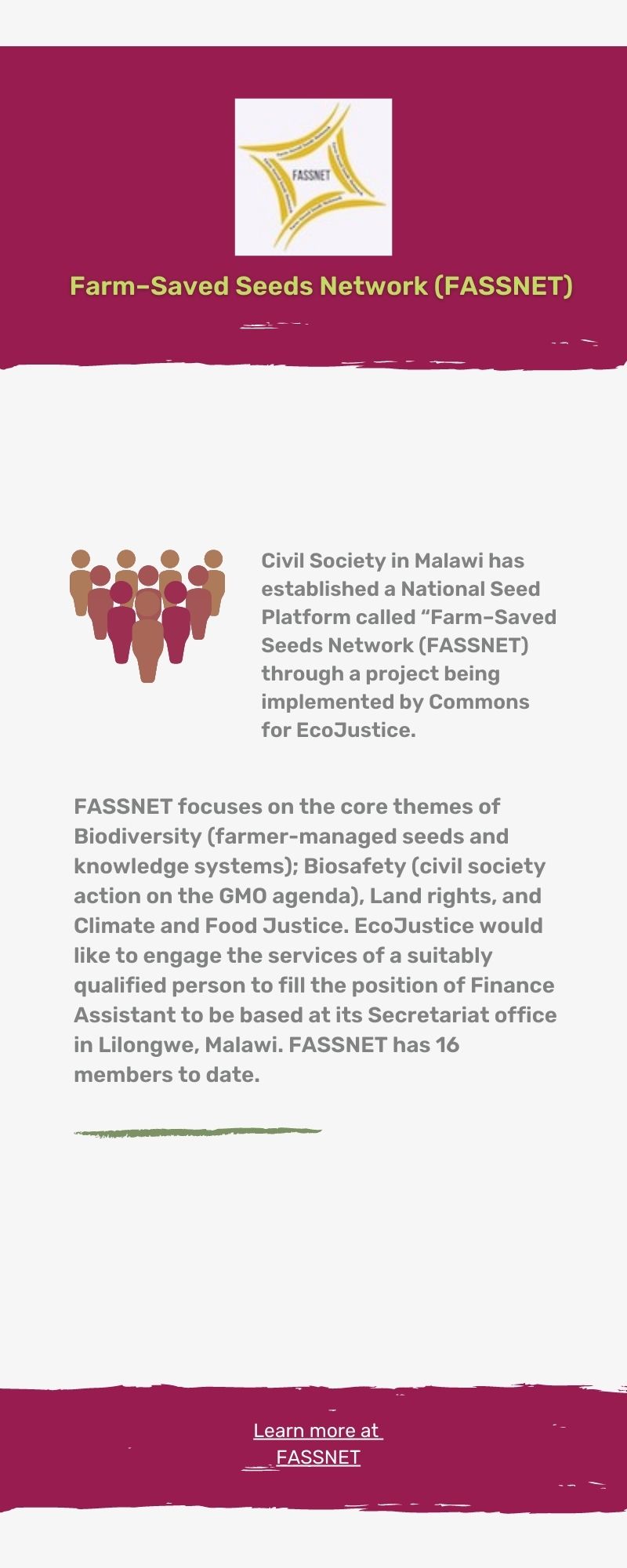
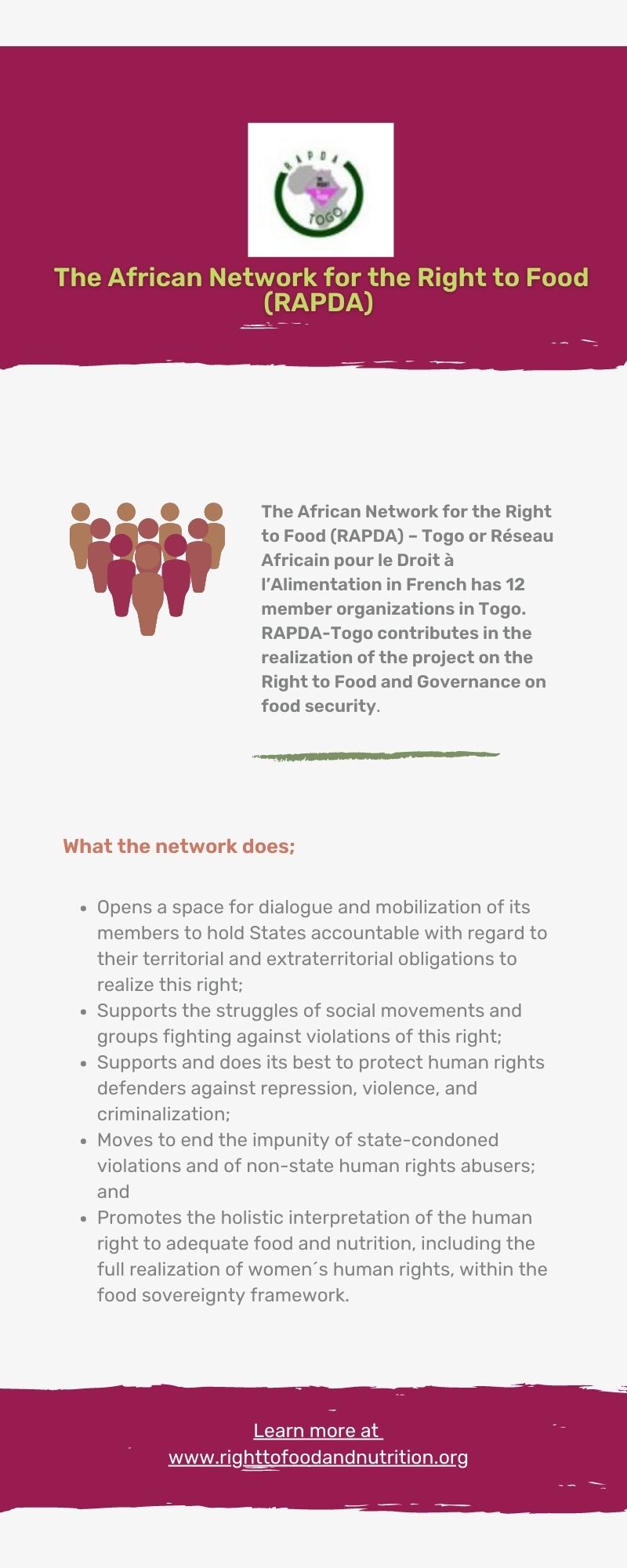


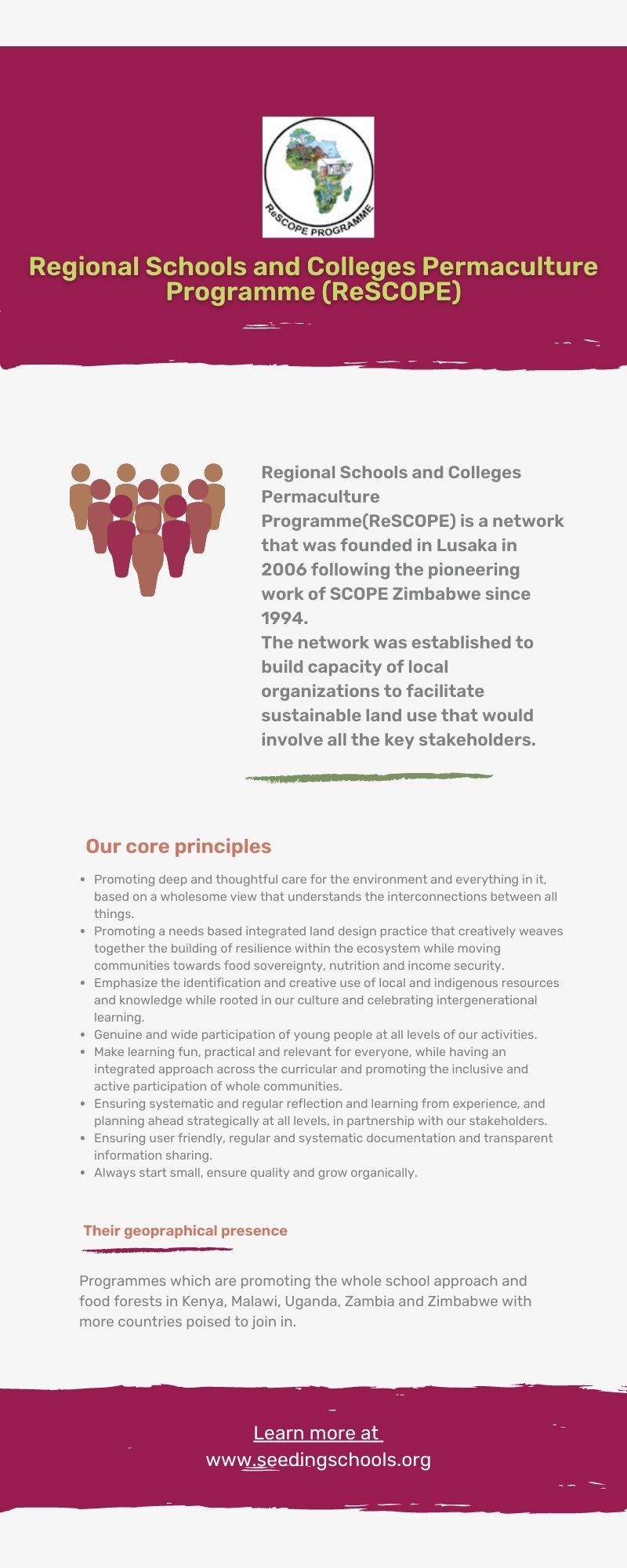

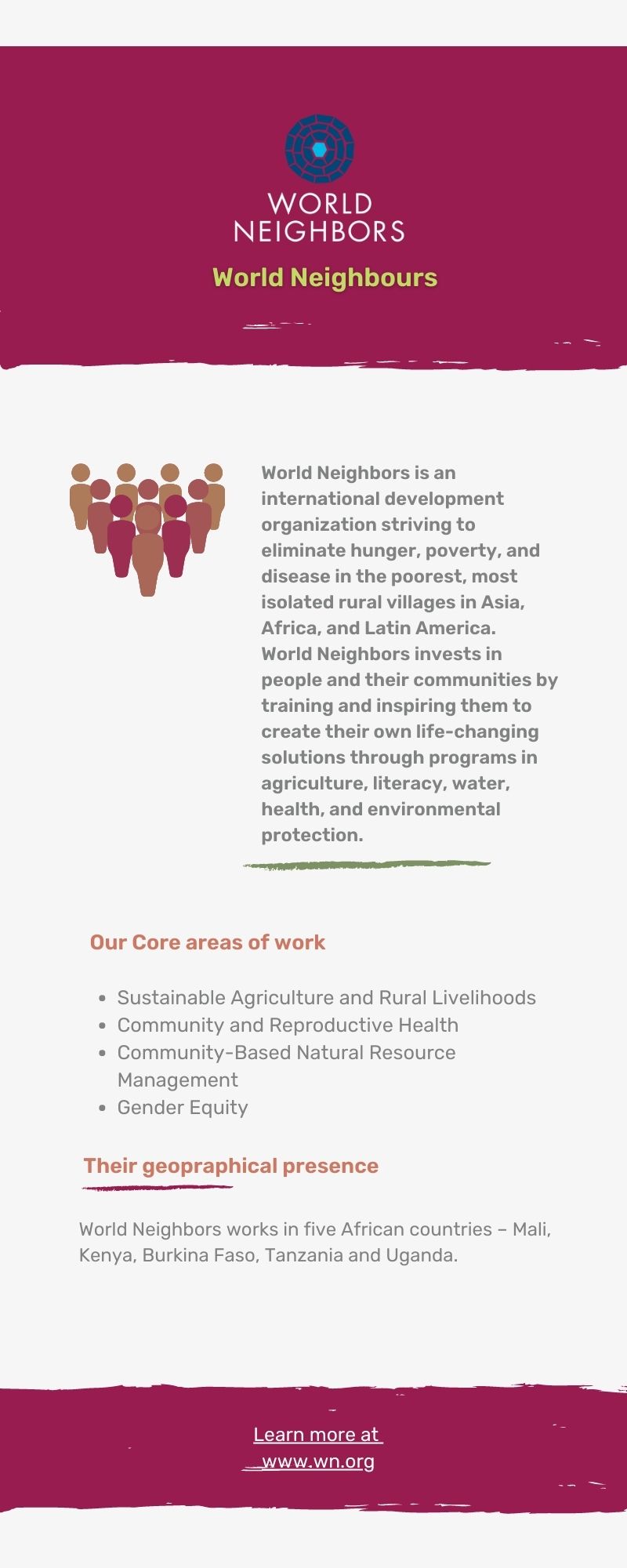

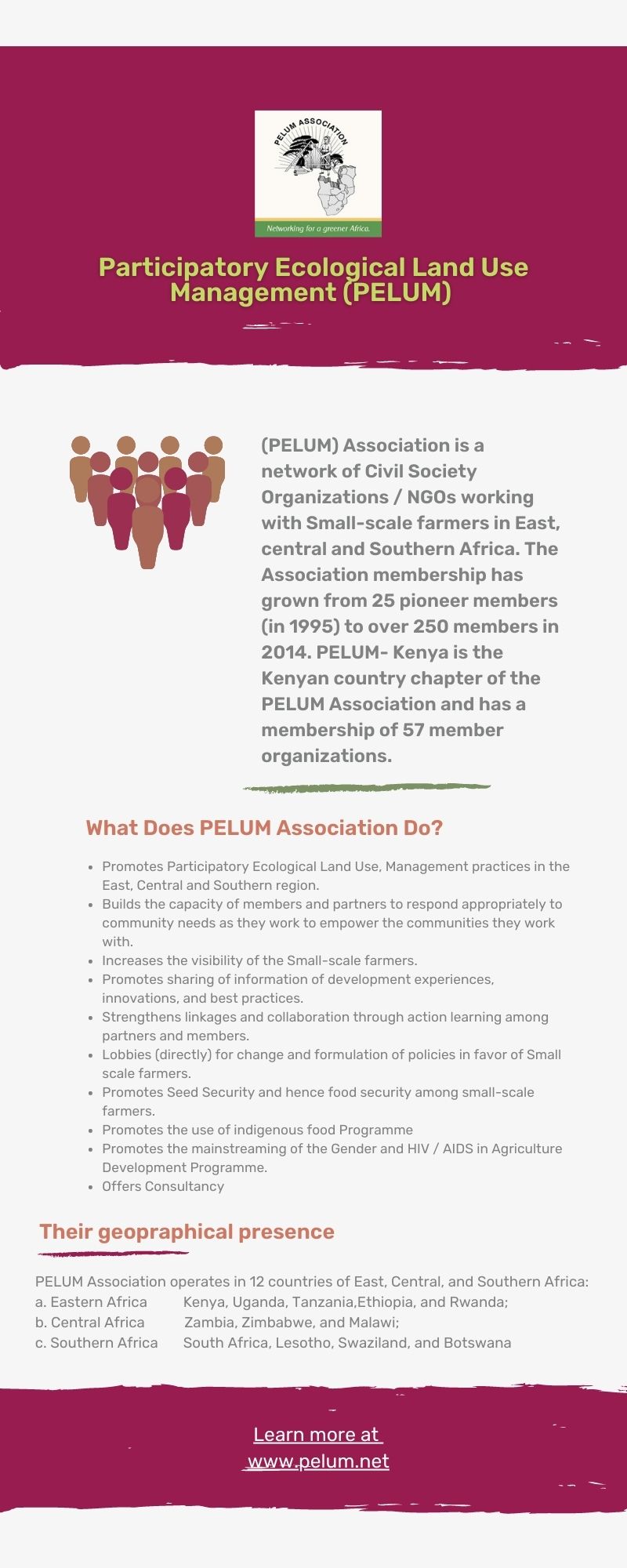

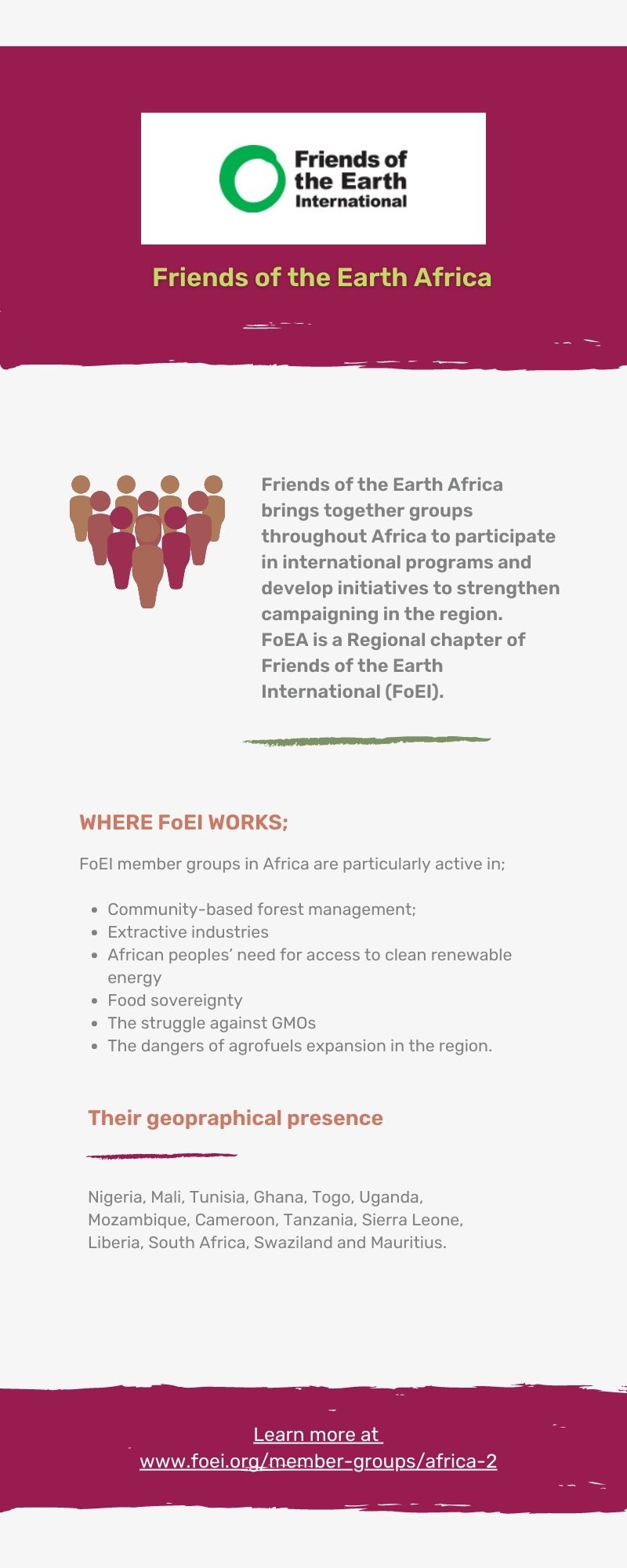
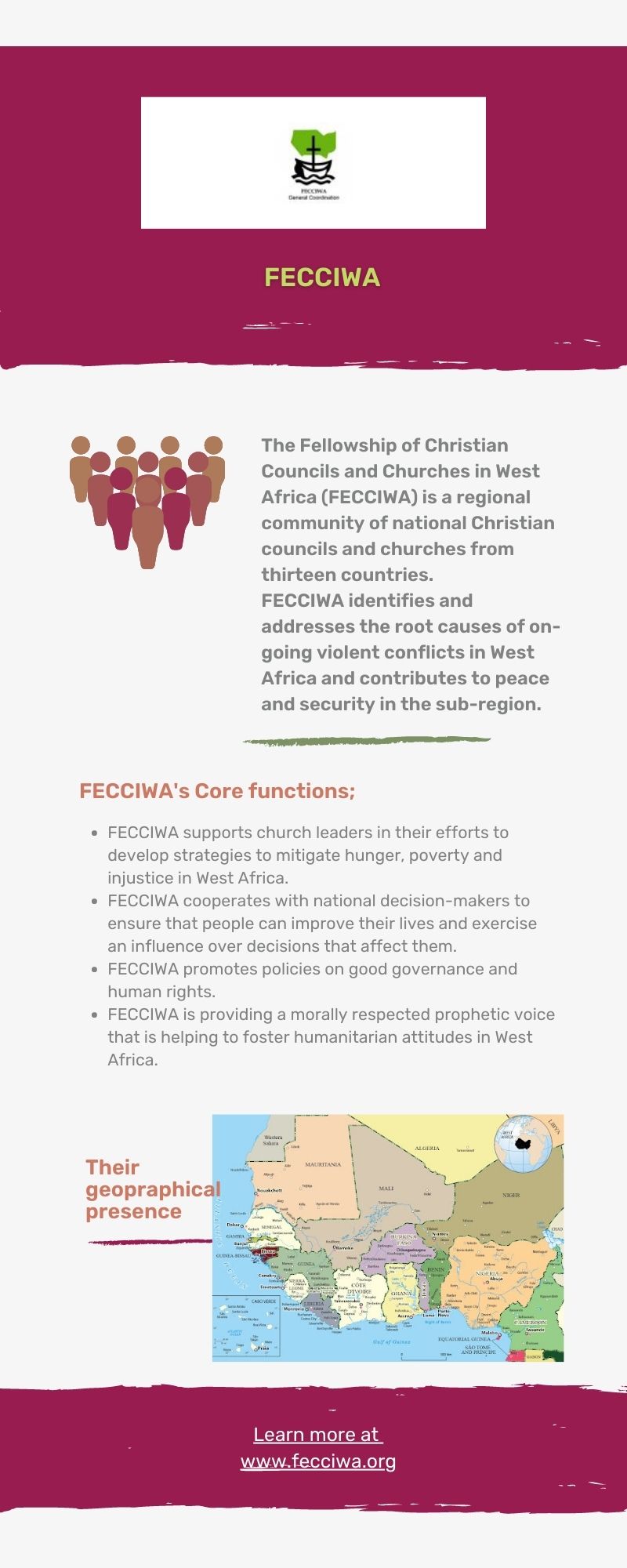

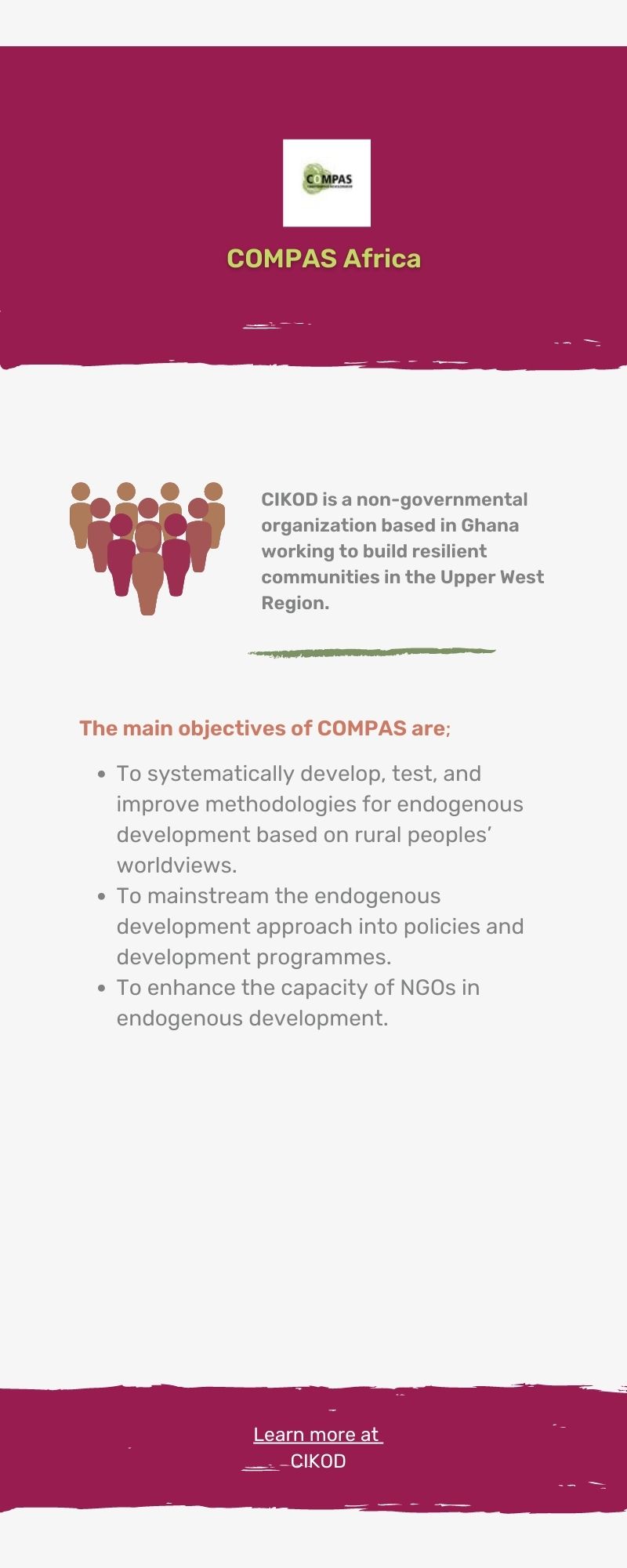
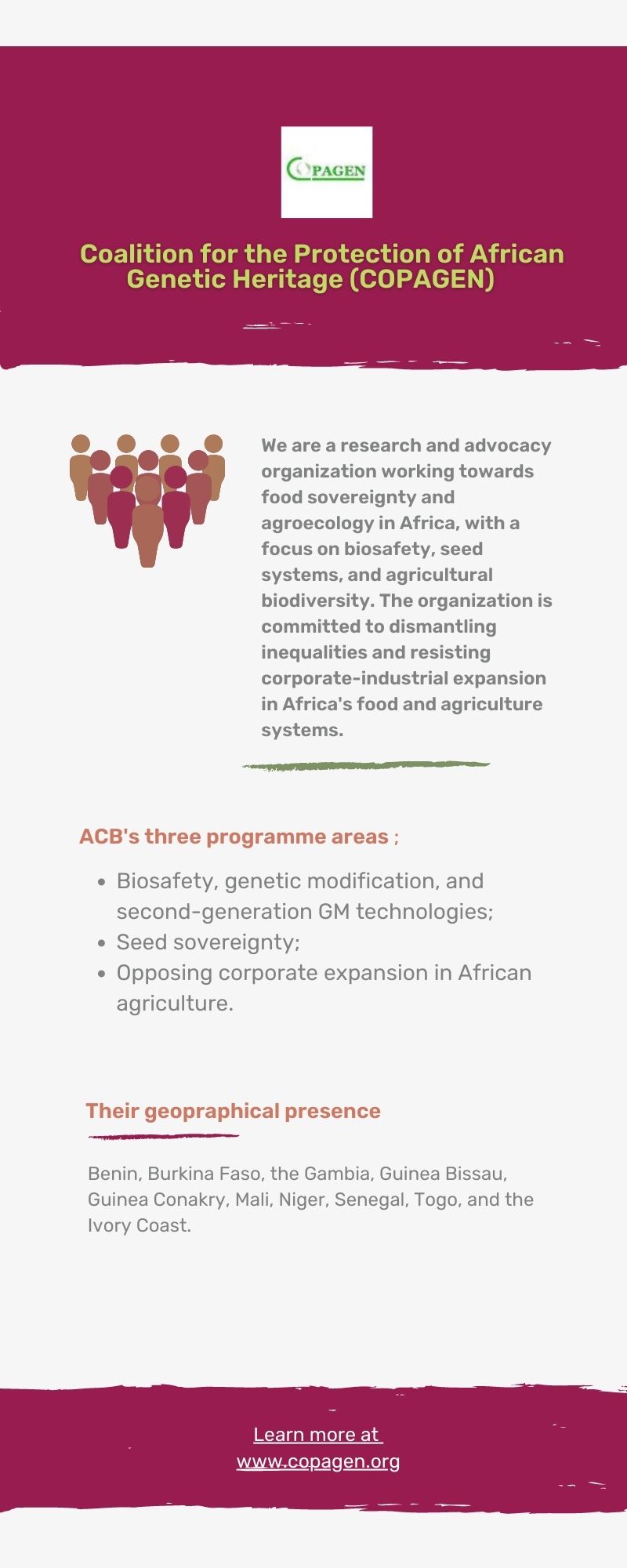
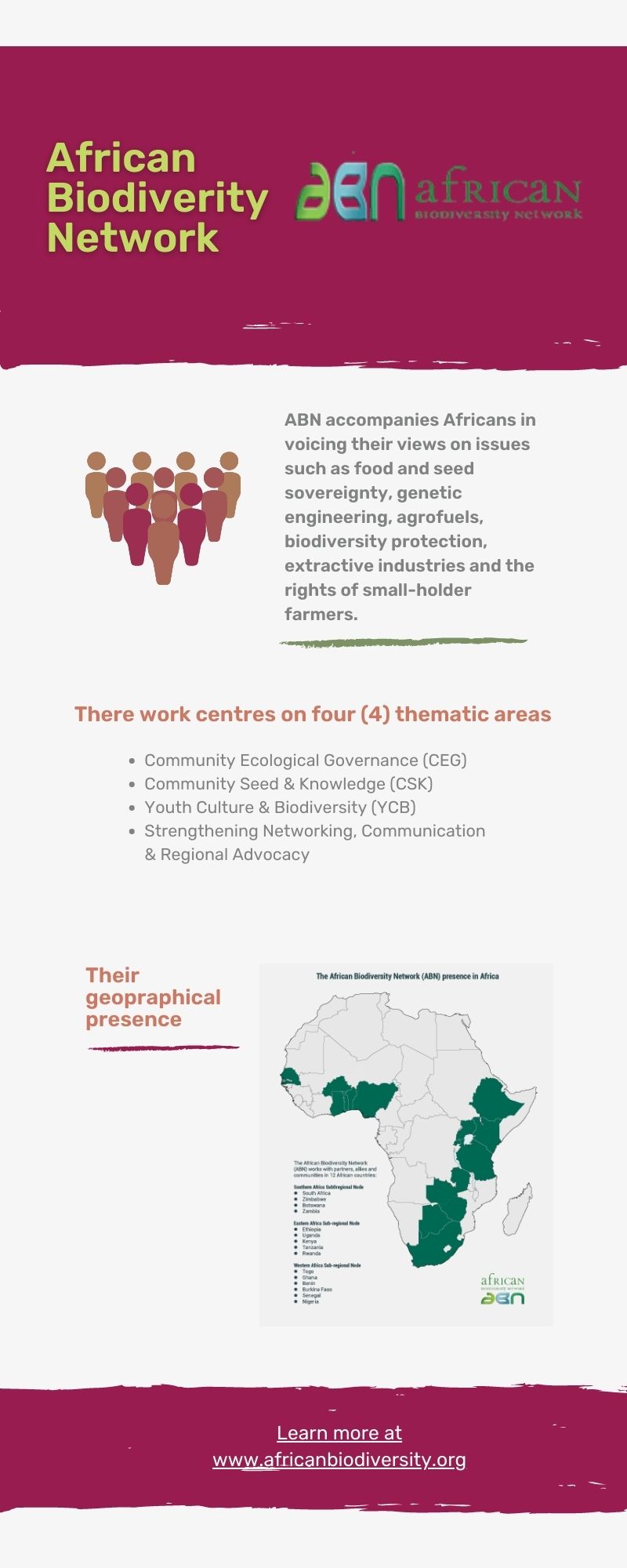

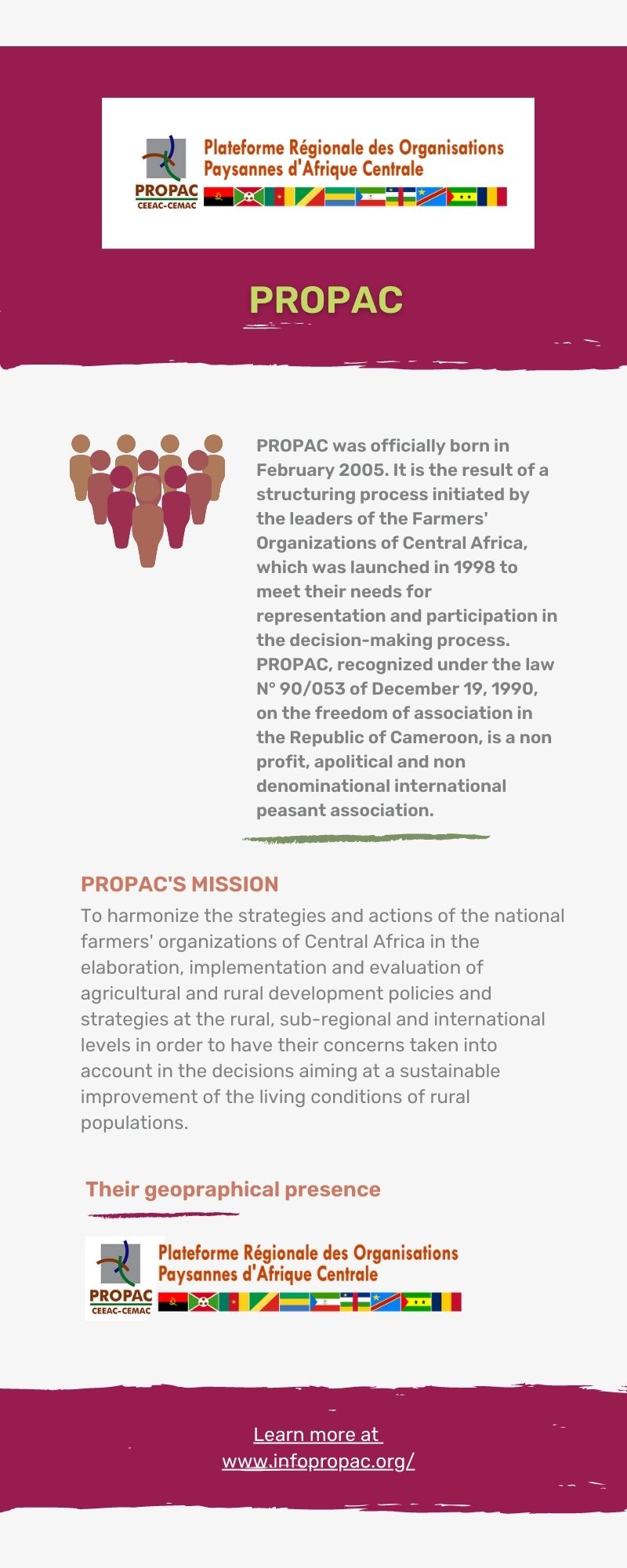
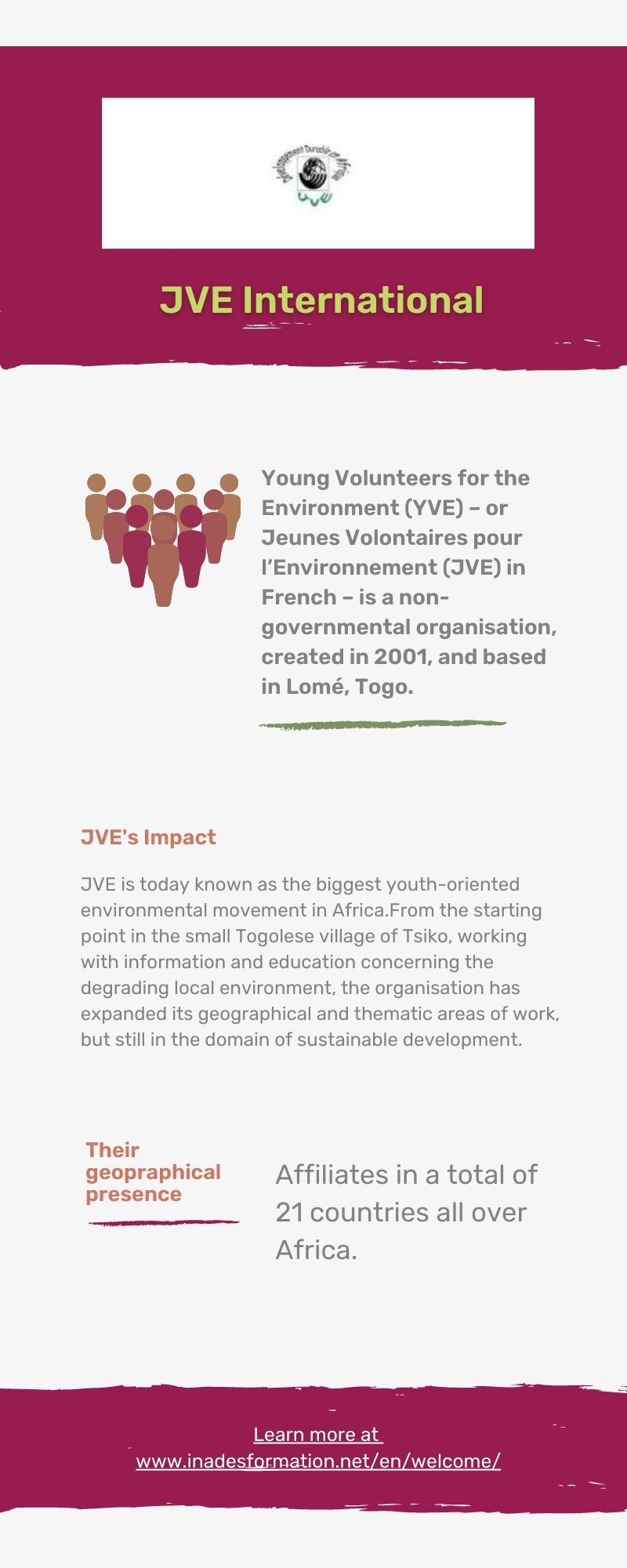

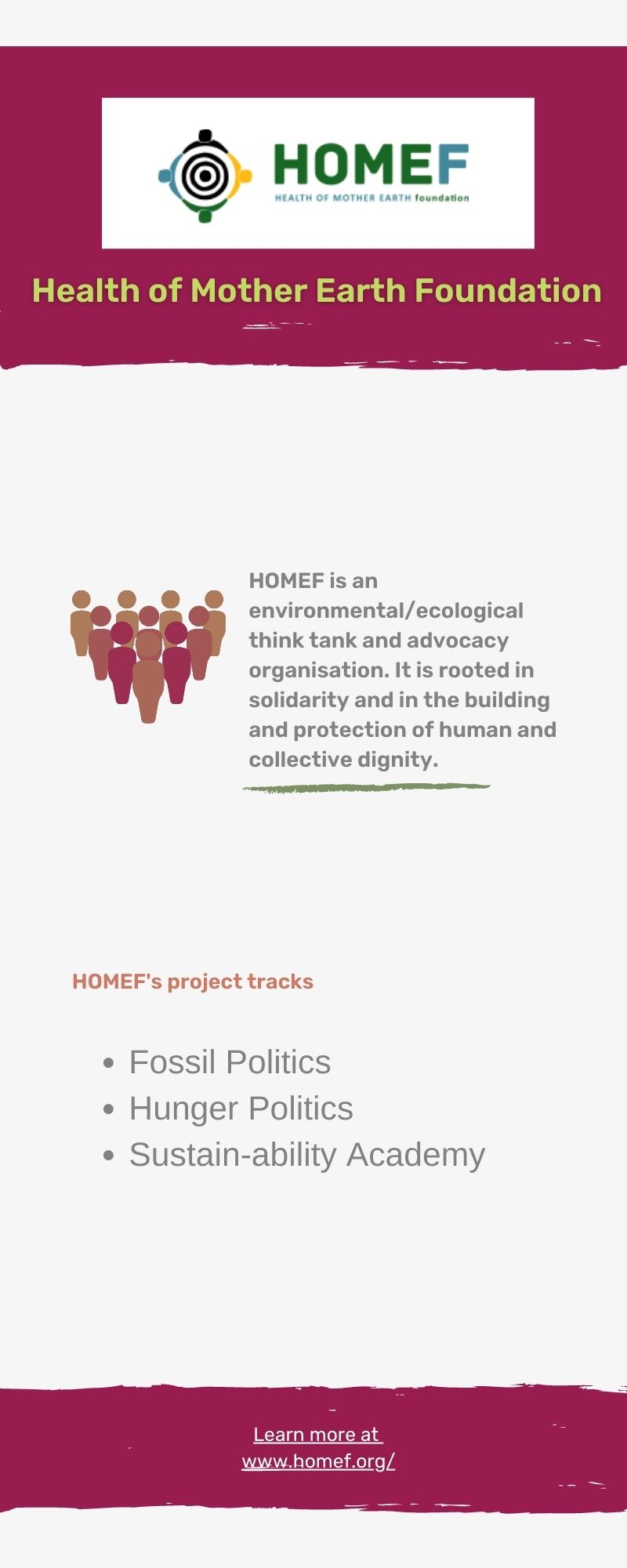
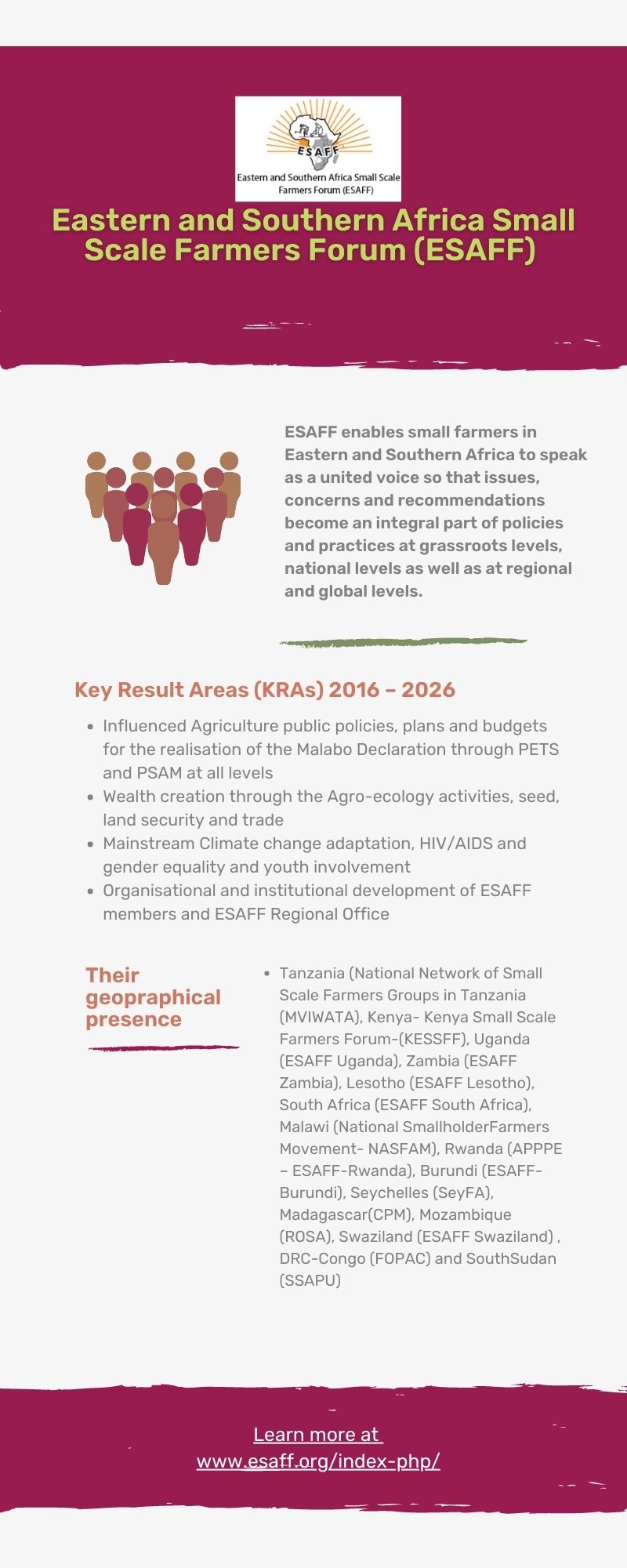




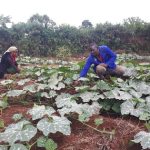
[…] utilization of biofertilizers is another promising avenue. Biofertilizers contain helpful microorganisms like bacteria and fungi to aid and improve nutrient […]